The must-see tourist attractions in Prague generally filling a visitor’s first day are StaromÄ›stské námÄ›stÃ/Old Town Square, Karlův most/Charles Bridge, Pražský hrad/Prague Castle and St. Vitus Cathedral within the castle complex, in English officially named Metropolitan Cathedral of Saints Vitus, Wenceslaus and Adalbert. I won’t even bother with the Czech name for the cathedral.
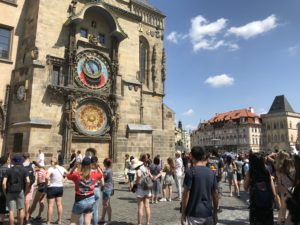
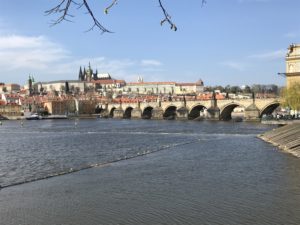
Prague Castle is an entire castle complex spread across the hill and considered one of the largest castles in the world. Construction began in the 9th century with major construction design established in the 14th century when Charles IV (1316-1378), King of Bohemia became Holy Roman Emperor and one of the major political figures of Europe. He hired a French architect to design what is now St. Vitus Cathedral, a project that took 600 years to attain the structural elements seen today.
Most tourists to Prague are likely to visit Old Town Square, walk Charles Bridge and visit Prague Castle complex with St. Vitus Cathedral (free to enter Castle complex, but $15 to $45 to buy one of several tour ticket options to go inside buildings).
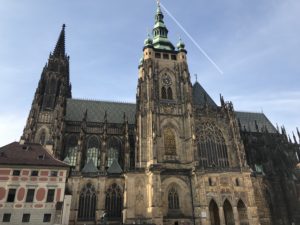
One of my favorite places to visit in Prague is Vysehrad, the other castle hill in the city dating back to the 10th century. The zenith of influence for Vysehrad was the 11th century when the Royal seat moved from Prague Castle to Vysehrad, however, the return to Prague Castle in 1140 permanently established the major sphere of Bohemia political influence at that site. Vysehrad Castle was ransacked in the 1400s during the Hussite Wars – the start of the Protestant reformation a century before Martin Luther.
To be clear, there is nothing at Vysehrad today that resembles a castle. The area is mostly park land with several pubs and restaurants and some of the best views in Prague. No castle is probably one of the reasons this area is off the radar for most tourists. Vysehrad has immense wall fortifications constructed in the mid-1600s. Many of the structural features seen today, like Basilica of Sts. Peter and Paul, were constructed in the 1800s, even though the origins of the church date back to the 11th century.
Vysehrad National Cultural Monument

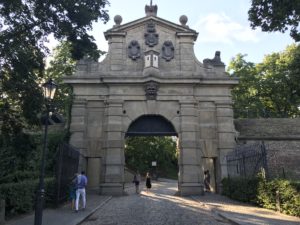
Leopold Gate is about 500 meters down the road from Holiday Inn Prague Congress Centre. Many of the photos in this piece are from Sunday June 30, the hottest day ever recorded in Prague when the temperature topped 100F. This photo was taken around 5:30pm, during the hottest part of the day.
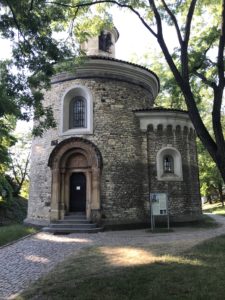
Rotunda of St. Martin is considered the oldest rotunda in Prague dating from the latter half of the 11th century. Saint Martin of Tours (died 397) is an interesting story in itself.
One of my favorite pubs in Prague is Hospůdka Na Hradbách by the rotunda. The small pub inside is open from noon to midnight and offers a large outdoor space for children to play with plenty of tables. Also free toilets just inside the gate entrance.

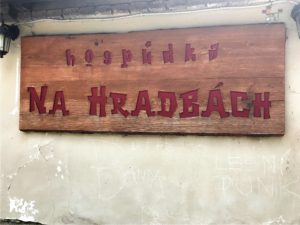
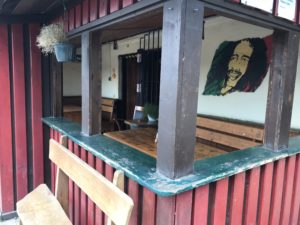
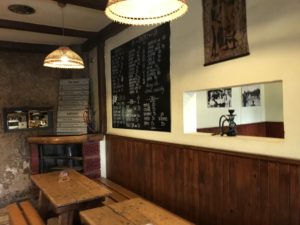
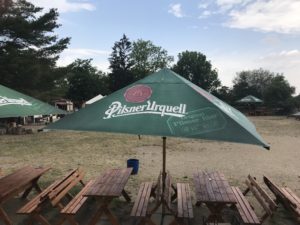
One of the great walks with terrific views of Prague is around the perimeter of the massive Vysehrad walls. It takes about 20 minutes of steady walking to cover the perimeter. Of course, if you are in no hurry, Vysehrad is the kind of place where people picnic and linger for hours on the grass in the sun or the shade of trees on nice days.
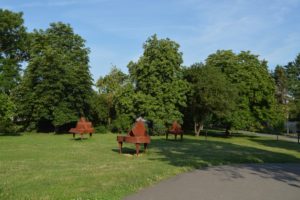
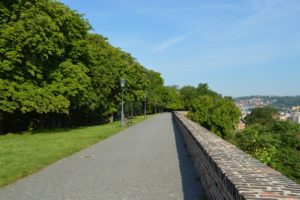
Vysehrad is a place where locals hang out in Prague. The main attraction for tourists is the view.
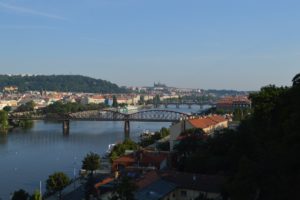
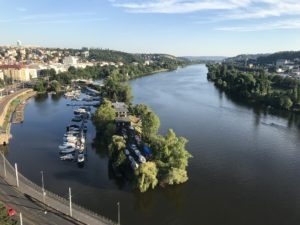
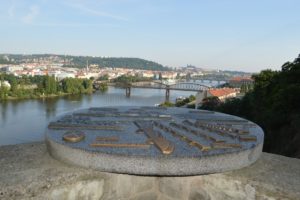
Once I started writing this piece and looking over my photos, I was amazed at how few photos I actually snapped during a couple walks around Vysehrad. My brain was on fire from the heat.
Fortunately I wrote a piece a couple of years ago about Vysehrad and some of the photos here are from my summer 2017 trip.


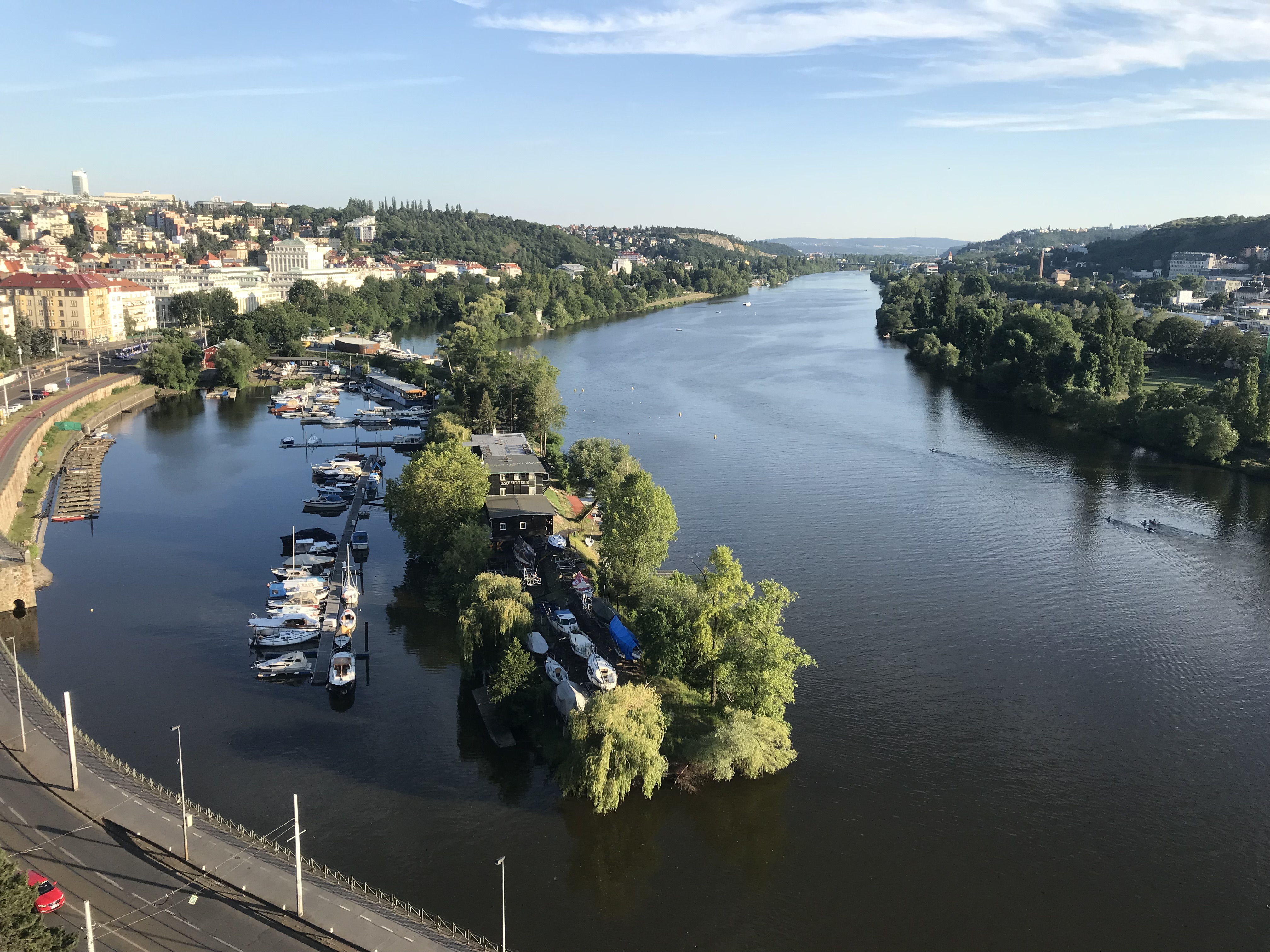
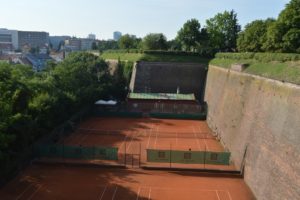
1 Comment
Comments are closed.